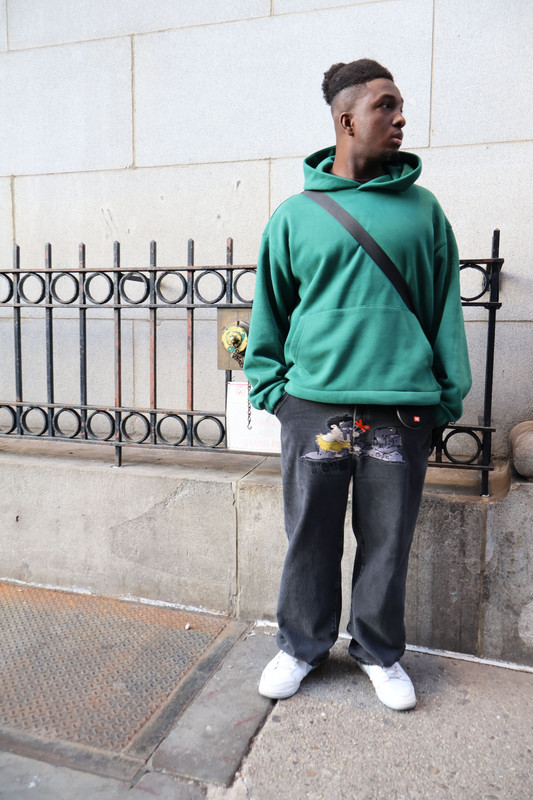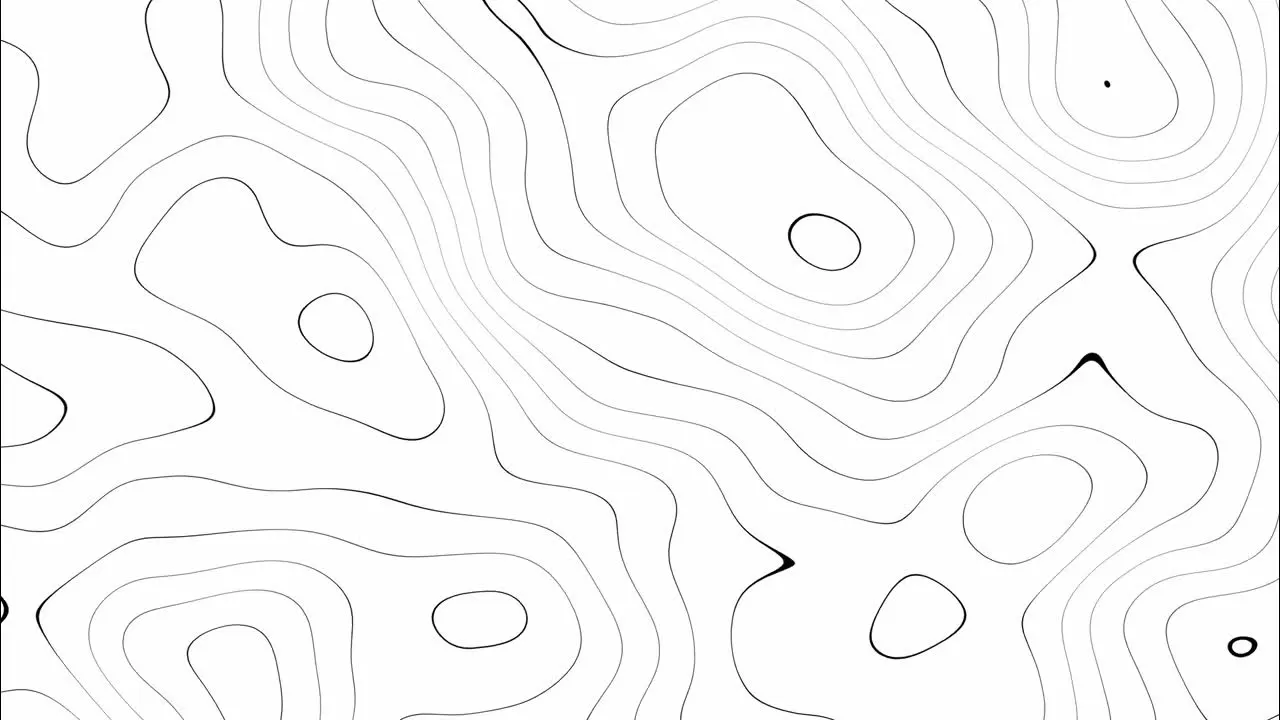Zee-Commerce Studio
Built From The Ground Up
Studio Overview

Zee-Commerce is a New York-based creative tech studio founded in early 2025 by Zayd “ZaydKH” Khalid — rapper, streetwear brand owner, and entrepreneur. The studio specializes in high-performance Shopify websites, culture-coded templates, and programmable infrastructure for emerging brands and independent creators.
This wasn’t designed in comfort. It started as a way to fund my music, to keep my clothing line alive, and to survive without clocking into a 9–5. What grew out of that was a systems-first approach to brand execution — clean, intentional, scalable websites that convey exclusivity, culture, and aesthetic.
Origin: Hustle & Survival

Before the name, before the studio had a landing page — it was just a cracked laptop propped on bottlecaps so it wouldn’t overheat, a busted keyboard, $25 Staples business cards, and cold New York nights.
It began with my dad asking me to build a site for Brooklyn Lacrosse, the club I grew up playing in. I had already built thekage.net (now tka.global, still in development) — my first real Shopify build — messing around late nights trying to animate a caveman logo smashing a rock into a computer. That site sparked it. When my dad paid me $50 an hour to build the BLC store, I realized I could actually make money doing this. Twenty hours, a thousand bucks. Survival turned into a spark.
But it wasn’t smooth. Unemployment benefits cut off on my 24th birthday. Money ran out. I had maybe a hundred bucks left. I built the first ZC site on Adobe Portfolio just to have something. I handed out those Staples cards on trains, in the cold, in the Baruch library. I did free audits, got ignored, hustled through eBay flips to eat, and watched vending machine snacks become dinner. My first client came from a business card I handed to a stranger in the library. He underpaid me, but it showed me the path: people needed more than websites. They needed identity. They needed culture in their commerce.
From First Builds to a Studio Model

In March of 2025, I rebranded everything. I spent six months rebuilding on Framer, teaching myself how to design UI/UX properly. I started working with people close to me to sharpen the vision.
Quame (QWB Productions): built his video portfolio, clean visuals for a creative hustler I’ve known since 2008.
Ibrahim (Paper Route): luxury rental logic built right into Shopify. Not just a “Buy Now” button, but bookable dates, chauffeur options, and real scheduling inside the product page.
Ever Fatal (graffiti/alt-fashion): logo design, site, and a commission queue system so he could take on airbrush orders, custom pants, graffiti canvases — all with live slot availability.
Each project wasn’t just a site. It was infrastructure. Rental reservations, commission queues, identity systems. I wasn’t just coding buttons — I was translating hustles into programmable structures.
System Design: Releasing Websites Like Streetwear Drops

Unlimited builds would’ve killed me. I wanted freedom — to still make music, still live. That’s why Zee-Commerce enforces scarcity in its DNA.
Two active builds max. One per tier. Slots update live, powered by Supabase + Square. Prices rise when Starter sells out. Schedules auto-adjust to business-day logic. Every new client can literally see the line — like waiting outside Supreme, but for a Shopify site.
That’s when I realized: this wasn’t just about builds. It was about making websites feel like drops. Like culture.
From there came Stage One — the first Shopify theme I built from scratch. Inspired by Supreme’s layout, but remixed with dual hero images, hover-to-product reveals, flashlight effects, and Cole Bennett–style paper textures behind product cards. Starter tiers got the raw ripped-paper aesthetic. Growth tiers let brands customize their own scribbled frames. Premium tiers layered multiple sections — lookbooks, about pages, advanced JSON sections.
Even The Wire influenced it. I was watching that show heavy, pulling from its grit, its world-building, and building a theme that felt like it belonged in the same universe as a streetwear drop. Stage One wasn’t just code — it was design language rooted in culture.
Rooted in Artistry, Building the Future

I’ve been making music since I could talk. Hip hop, streetwear, branding — it all bleeds together. That lens shaped Zee-Commerce: rhythm-based UX, scarcity-driven logic, visuals influenced by street fashion and mixtape culture.
But the studio isn’t stopping at builds. The vision is bigger:
Modular Shopify templates that scale with a brand.
SaaS-style tools for artists and entrepreneurs who want independence without compromise.
AI systems that can listen to music and give real feedback.
Programs designed for culture — built by someone who actually lives in it.
Zee-Commerce was born from survival, but it’s built to last. Not hype. Not agencies recycling templates. A studio coded in noise, scarcity, and independence — ready to scale culture on its own terms.



